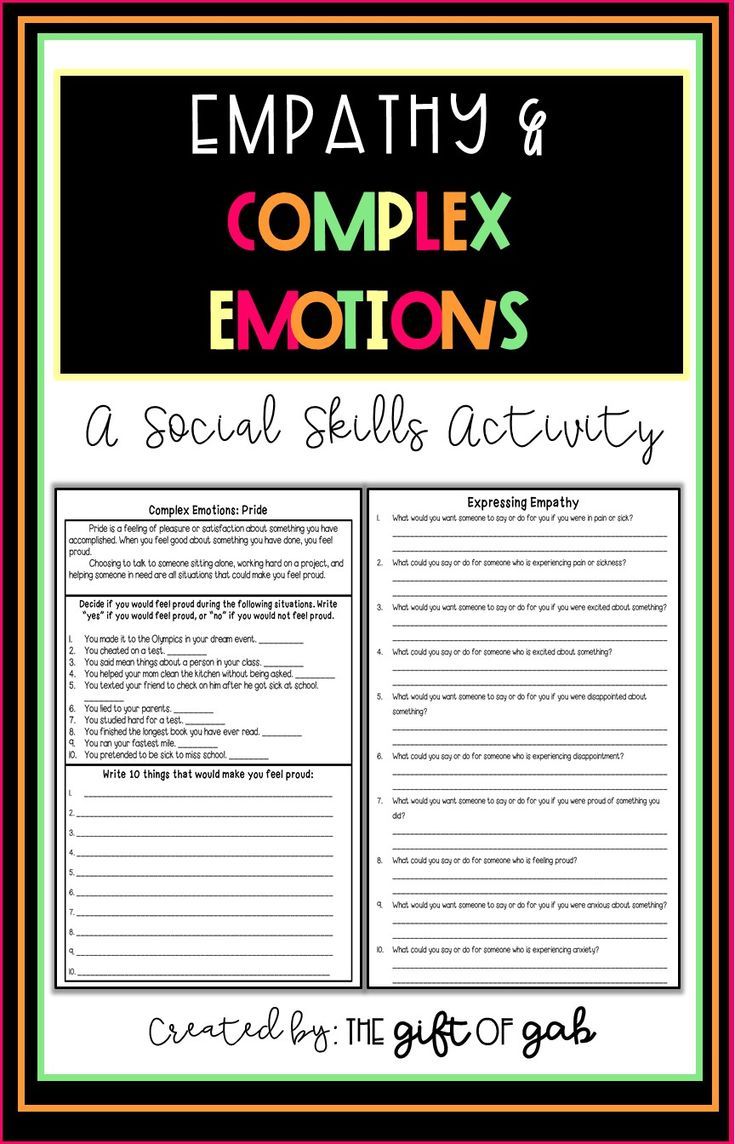Feelings Check-In: Simple Worksheet for Emotional Well-Being

Maintaining emotional well-being is crucial for a balanced and fulfilling life, but it's an aspect that's often overlooked in our fast-paced world. As the pace of life accelerates, we often ignore our emotional health, leading to potential burnout, stress, and various mental health issues. This guide delves into the significance of checking in with your emotions regularly and provides a comprehensive approach to achieving this through a straightforward worksheet. By integrating a routine of emotional self-assessment into your daily life, you can enhance your self-awareness, manage stress more effectively, and foster greater resilience.
Why Emotional Well-Being Matters

Before diving into the worksheet, let’s understand why emotional well-being should be a priority:
- Improves Physical Health: Chronic stress and emotional turmoil can wreak havoc on your physical health. Regular emotional check-ins can mitigate these effects.
- Enhances Relationships: Emotional self-awareness allows you to communicate better, empathize with others, and build stronger, healthier connections.
- Boosts Decision Making: Understanding your feelings equips you with the clarity needed to make better decisions in various aspects of life.
- Promotes Self-Growth: Regularly checking in on your emotions can lead to greater personal development, allowing you to live a more authentic and satisfying life.

✅ Note: While this worksheet is beneficial for personal growth, it’s not a substitute for professional help when dealing with serious mental health conditions.
How to Use the Emotional Check-In Worksheet

Here are the steps to effectively use the Emotional Check-In Worksheet:
- Choose a Time: Regularity is key. Choose a daily or weekly slot where you can dedicate time to focus solely on your emotions.
- Find a Quiet Place: A calm environment reduces distractions, allowing you to tune into your emotions more deeply.
- Emotional Rating: Rate your overall emotional state on a scale from 1 (lowest) to 10 (highest). Use the scale to gauge your emotional well-being.
Emotional Level Feelings 1-3 Very low energy, down, or overwhelmed 4-6 Feeling neutral, slightly anxious, or mildly happy 7-10 High energy, joyful, or contented 
- Emotion Identification: Write down the primary emotions you’re feeling using the provided lists of emotions or freely express any other feelings.
- Explore Triggers: Identify what might be causing these emotions. This can range from recent events, thoughts, or internal dialogues.
- Physical Sensations: Note any physical reactions that accompany your emotions. Stress might show as tense muscles or a stomach ache, for instance.
- Coping Strategies: Jot down effective coping strategies or reflect on past actions that helped. Consider implementing them.
- Goals for Well-being: Set small, achievable goals to improve your emotional state, like practicing mindfulness or talking to a friend.
💡 Note: Allow yourself to feel and recognize your emotions without judgment. Emotions are complex and are a natural part of human experience.
Incorporating this Emotional Check-In Worksheet into your routine can foster a deeper connection with yourself, fostering emotional intelligence, resilience, and overall well-being. It encourages a proactive approach to mental health, where you're not just reacting to life's events but actively managing your emotional responses. This self-awareness is not just about surviving; it's about thriving in all areas of your life.
The Importance of Regular Emotional Check-Ins

Consistency in assessing your emotions can:
- Promote Self-Awareness: Regularly tracking your emotions helps in understanding patterns and triggers.
- Enhance Emotional Regulation: Over time, this practice strengthens your ability to manage emotions effectively.
- Encourage Proactive Mental Health Care: You’re not just waiting for problems to escalate; you’re addressing them from the outset.
- Build Resilience: By recognizing and managing your emotional states, you develop a capacity to bounce back from adversity.
Practical Tips for Using the Worksheet

Here are some tips to optimize your experience:
- Keep It Simple: Don’t overcomplicate the process. The goal is to reflect, not to generate stress.
- Be Honest: This is your space to be truthful with yourself about your feelings.
- Review Patterns: Over time, look for patterns in your emotions, triggers, and responses to gain insights into your mental health.
- Adapt It to Your Needs: Modify the worksheet if necessary, especially if you find certain sections irrelevant.
- Pair with Actions: Turn insights into actions. Implement coping strategies or seek support when needed.
In summary, regular emotional check-ins through this worksheet can act as a catalyst for personal growth, resilience, and improved mental health. By fostering a deeper connection with our emotions, we equip ourselves to lead more balanced, fulfilling lives. Remember, emotional well-being is not about achieving perfection but about understanding and managing our emotions, allowing for a more harmonious existence.
How often should I do an emotional check-in?

+
It’s beneficial to check in daily if possible. However, setting aside time once or twice a week can also be effective, especially if daily reflection feels overwhelming.
What if I feel overwhelmed while using the worksheet?

+
It’s normal to feel overwhelmed initially. If emotions are intense, take a break, ground yourself, and return to the worksheet when you feel ready. Consider reaching out for professional support if necessary.
Can this worksheet help with managing stress?

+
Yes, by identifying your stressors and your emotional responses to them, you can better manage and reduce stress. The worksheet encourages proactive strategies for stress management.